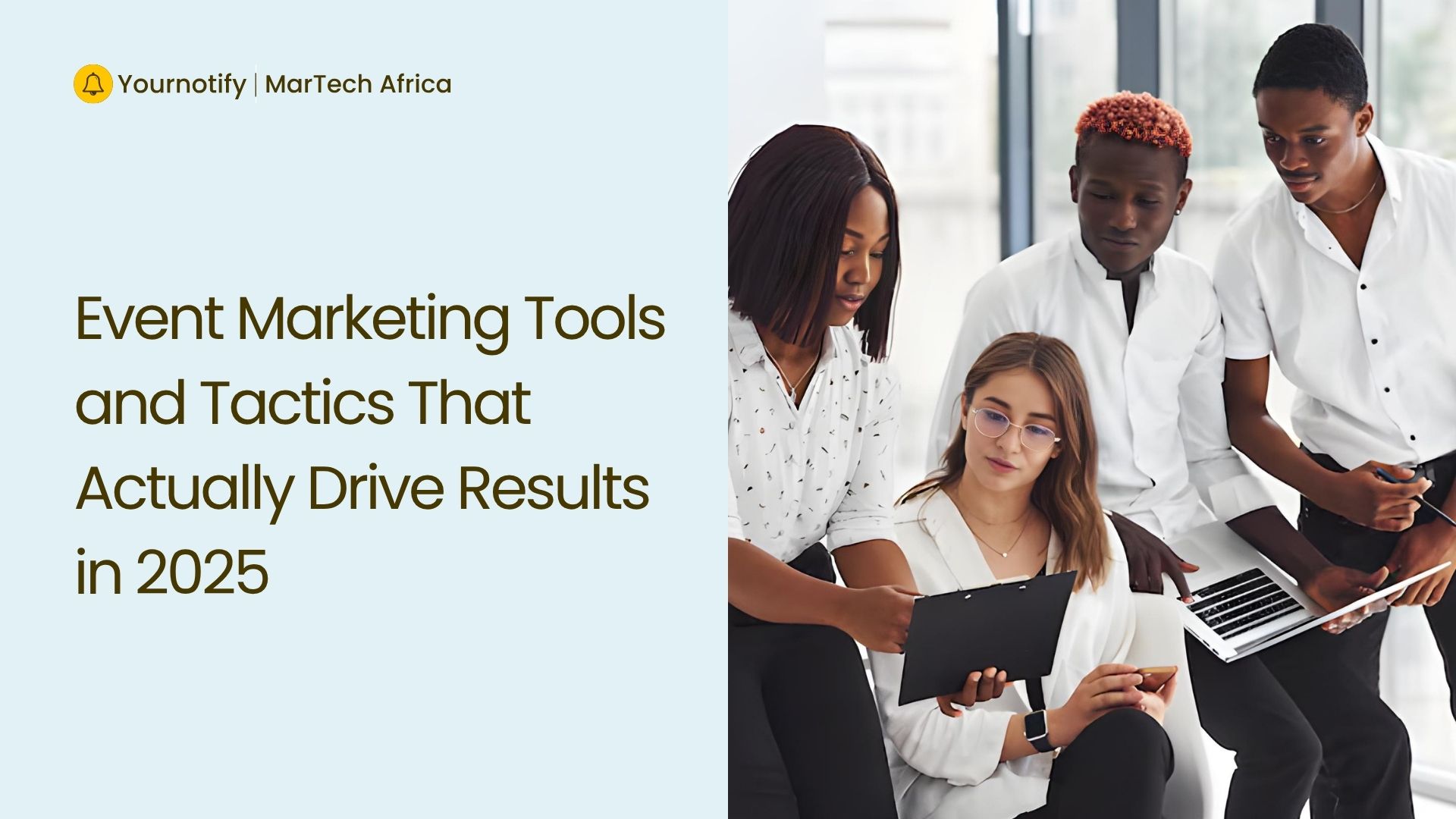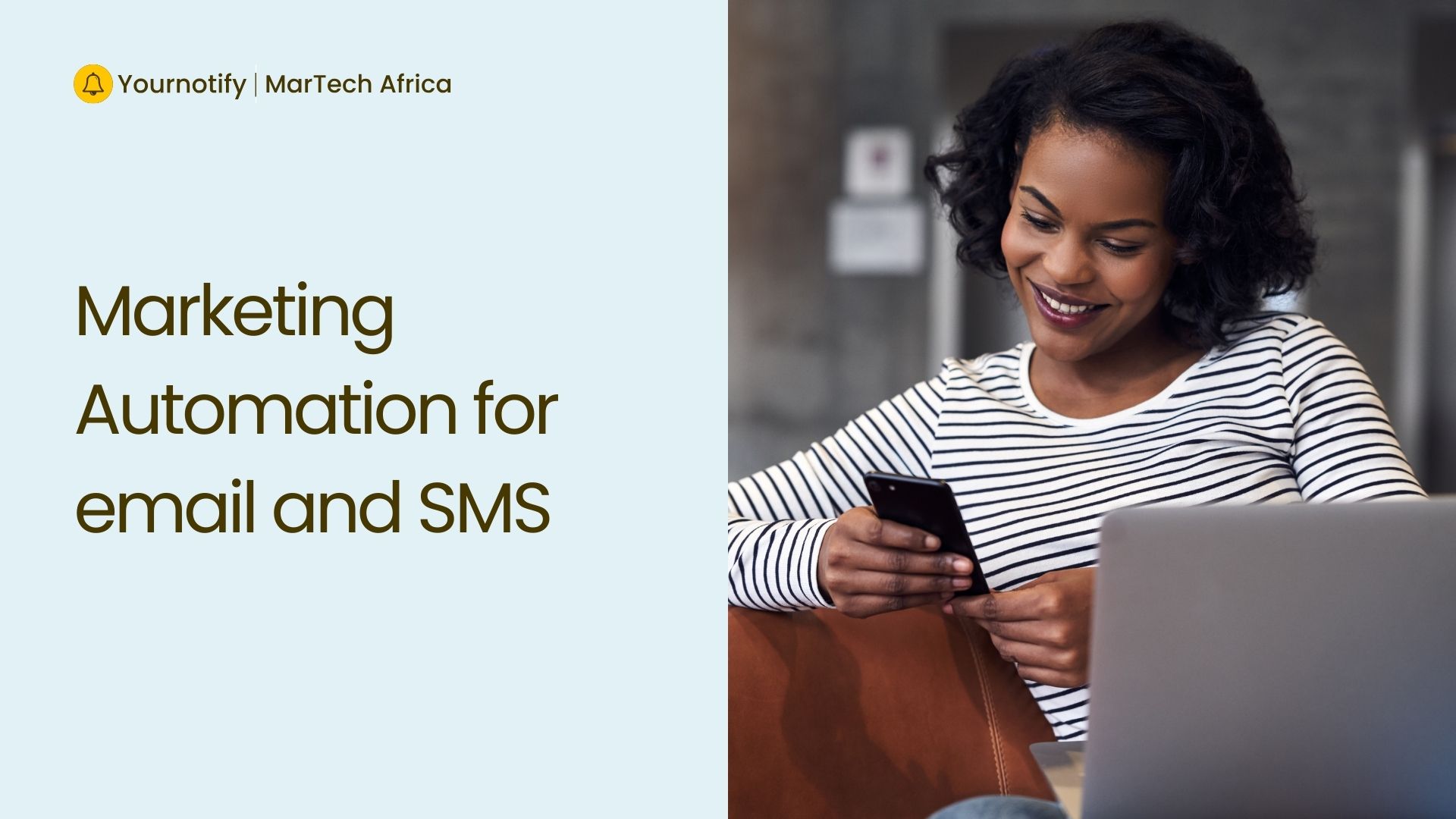Sending your customers the right messages, and at the right time is critical to their…

Event Marketing Tools and Tactics That Actually Drive Results in 2025
Event marketing has become one of the most effective ways for brands to connect with their audience in real time and grow their business whether in person, virtually, or through a hybrid experience.
Event marketing has undergone a remarkable change, all thanks to technology. We now have a vast array of event marketing tools at our disposal to captivate your audience, streamline marketing operations, and centralize communication. In fact, since the pandemic, about 78% of event planners ramped up their use of event tech.
using the right event marketing tools and tactics that work in 2025, here’s how to run events that don’t just look good but drive real impact.
The Right Event Marketing Tools Make the Difference
A great event starts with a strong foundation. The tools you use can simplify planning, improve attendee experience, and help you stay organized.
- Eventbrite is one of the most trusted platforms for managing event registration, ticketing, and reminders. It allows you to create a branded event page, manage RSVPs, and integrate with email and calendar platforms to keep attendees engaged before and after the event.
- Hopin is a top choice for virtual and hybrid events. It gives organizers the ability to create interactive experiences, from virtual booths to networking rooms ensuring attendees stay active and engaged, rather than just passive viewers.
- Yournotify helps with acquiring, engaging, and retaining your audience through targeted email and SMS campaigns. These tools are especially powerful during the pre- and post-event phases—countdown messages, speaker announcements, timely reminders, and post-event thank-yous all help keep your event top of mind and build trust with attendees.
- Canva is your creative assistant. It allows you to design branded banners, social media graphics, and presentation slides that elevate your event’s professional image and make people more likely to attend and take your brand seriously.
- Whova and Bizzabo are excellent for managing both virtual and in-person experiences. These platforms provide real-time interaction features—live polling, session chats, and feedback forms—that keep attendees involved and open up conversations around your product or service.
Planning Tips That Set Your Event Apart
1. Start With Purpose and Clarity
Ensure you define the purpose of your event. Is it to build brand visibility, connect with existing customers, or introduce a new product? Knowing this shapes your event format, topics, speakers, and how you promote it.
For example, if you’re introducing a product, structure the event around real-world use cases, demos, and customer testimonials. People respond more when they can see the immediate value something offers. Don’t just tell show.
2. Make Registration Count
Your registration process should do more than collect names. Use the opportunity to ask smart, minimal questions like areas of interest or industry role which can guide how you engage with attendees before and after the event. Keep the form simple, but intentional. A thoughtful registration flow sets the tone for a meaningful experience and opens the door to deeper conversations down the line.
3. Use Social Media to Build Momentum
Social media is a powerful tool not just for awareness but for connection. Create a branded hashtag, share countdown posts, and spotlight speakers or partners. More importantly, encourage your community to share why they’re attending. Organic posts from real people often carry more weight than any ad.
You can also run targeted promotions to reach people who’ve interacted with your brand before. The familiarity often leads to higher engagement, and those who already know you are more likely to convert into customers after the event.
4. Design With the Attendee in Mind
Events that succeed are the ones that make attendees feel seen and heard. Think beyond the schedule. Build in moments of interaction live Q&As, small group discussions, or polls that let people shape the conversation.
If you’re hosting product-focused sessions, make them hands-on. Let people explore, ask questions, and hear directly from users or creators. When people engage actively, they remember more and that memory becomes a pathway to trust and long-term interest in what you offer.
5. Create Memorable Touchpoints During the Event
The small details often have the biggest impact. A welcome kit (virtual or physical), well-designed slides, breakout sessions that match interests—all of these create a thoughtful atmosphere. These moments are also chances to reinforce your brand’s story, values, and what makes you different.
If someone asks a great question or shows interest during the event, acknowledge it. These kinds of one-on-one micro-interactions can leave lasting impressions and naturally create openings for future conversations.
6. Don’t End When the Event Does
A common mistake is going silent once the event is over. Instead, treat the post-event phase as your next act.
- Send a recap email with key takeaways and bonus content.
- Share a short survey asking for feedback and what they want to see next.
- Offer them an easy next step whether that’s booking a follow-up call, joining a community, or accessing a deeper resource related to what they attended.
This kind of thoughtful continuation not only builds stronger relationships but keeps your brand at the center of their consideration, especially if they found the event valuable.
The tools help you manage the experience, but it’s your strategy, creativity, and genuine intent to connect that make the difference. When your audience feels heard, included, and inspired, they don’t just attend, they remember, return, and act.
Related Content
Top Social Media Listening Tools to Enhance Your Marketing Strategy in 2025
